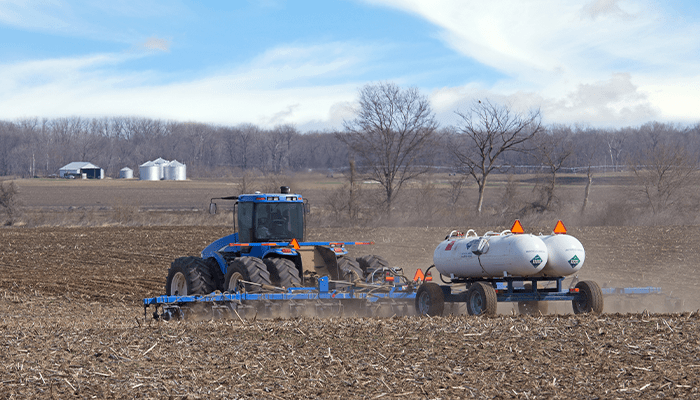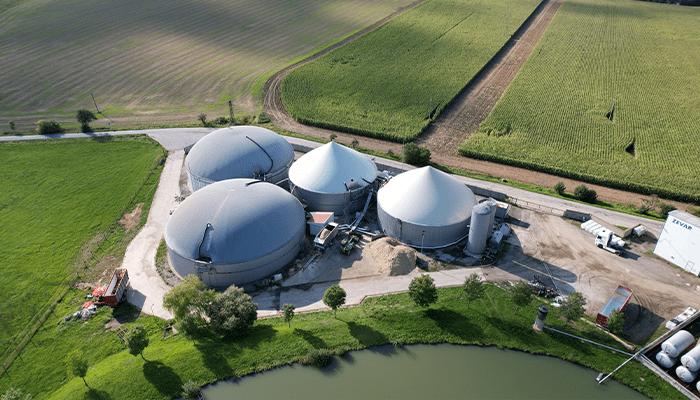
Harvest Season Tractor Safety
As harvest season picks up, more tractors and farm equipment will be on the road and in the fields – including combines and other harvesting equipment moving from one field to another.
When operated correctly, tractors are generally safe, but tractor overturns are the leading cause of fatalities in the ag industry. With approximately 130 deaths per year, overturn accidents can happen in seconds. A protective structure, such as a roll bar or cage frame, and a seat belt are simple measures that can protect workers from being crushed or thrown.
Safety depends on knowledge, alertness, and hazard awareness. Tractor operators should be trained on the safe operating practices described below:
- Fasten seat belts securely.
- When possible, avoid operating the tractor near ditches, embankments, and holes.
- Stay off slopes too steep for safe operation.
- Reduce speed when turning or crossing slopes, and on rough, slick, or muddy surfaces.
- Operate the tractor smoothly, without jerky turns, starts, or stops.
- Be attentive at row ends, on roads, and around trees.
Some workers may be new or inexperienced, so it’s a good idea to go over safety considerations with all workers to teach or reinforce the importance of safety.
- Comply with the tractor’s operating instructions and maintain the equipment properly.
- Unless the tractor is manufactured with a seat and a seat belt for each rider, additional riders should not be allowed.
- Hitch only to the drawbar and hitch points.
- Set the brakes and hand brake, if available, when the tractor is stopped for more than a few seconds.
- Protective footwear and close-fitting clothes should be worn when working in and around machinery.
- Maintain three points of contact when mounting or dismounting equipment.
- Comply with the tractor’s operating instructions and maintain the equipment properly. Maintain eye contact and communicate your intentions.
- Take short breaks to reduce fatigue.
- Ensure that operators have the experience and knowledge to operate the tractor.
During peak travel times or poor visibility, tractor and equipment operators should try to avoid highways. Per transportation guidelines, lighting should be kept up-to-date, and slow-moving vehicle emblems should be affixed to the rear of the vehicle.
Long hours combined with heavy machinery put workers at risk for injury, but planned maintenance, skilled equipment operation, and worker education can reduce the potential for accidents. Contact a member of the AssuredPartners Agribusiness team for more safety resources to keep your workers safe all year long.
Source: https://www.osha.gov/sites/default/files/publications/OSHA3835.pdf
Featured News & Insights

Insurance premiums in the excess and umbrella markets continue to rise, and one of the key reasons is something that often goes unaddressed outside the legal and insurance worlds: abuse of the legal...

Nitrogen is the cornerstone of crop production, vital to plant health and growth. However, one of the most efficient yet challenging sources of nitrogen is anhydrous ammonia (NH3). While NH3 is an...

Carbon credits as a concept have been around for years, offering both environmental and economic opportunities for the agriculture sector. With sustainable practices taking center stage, it's...